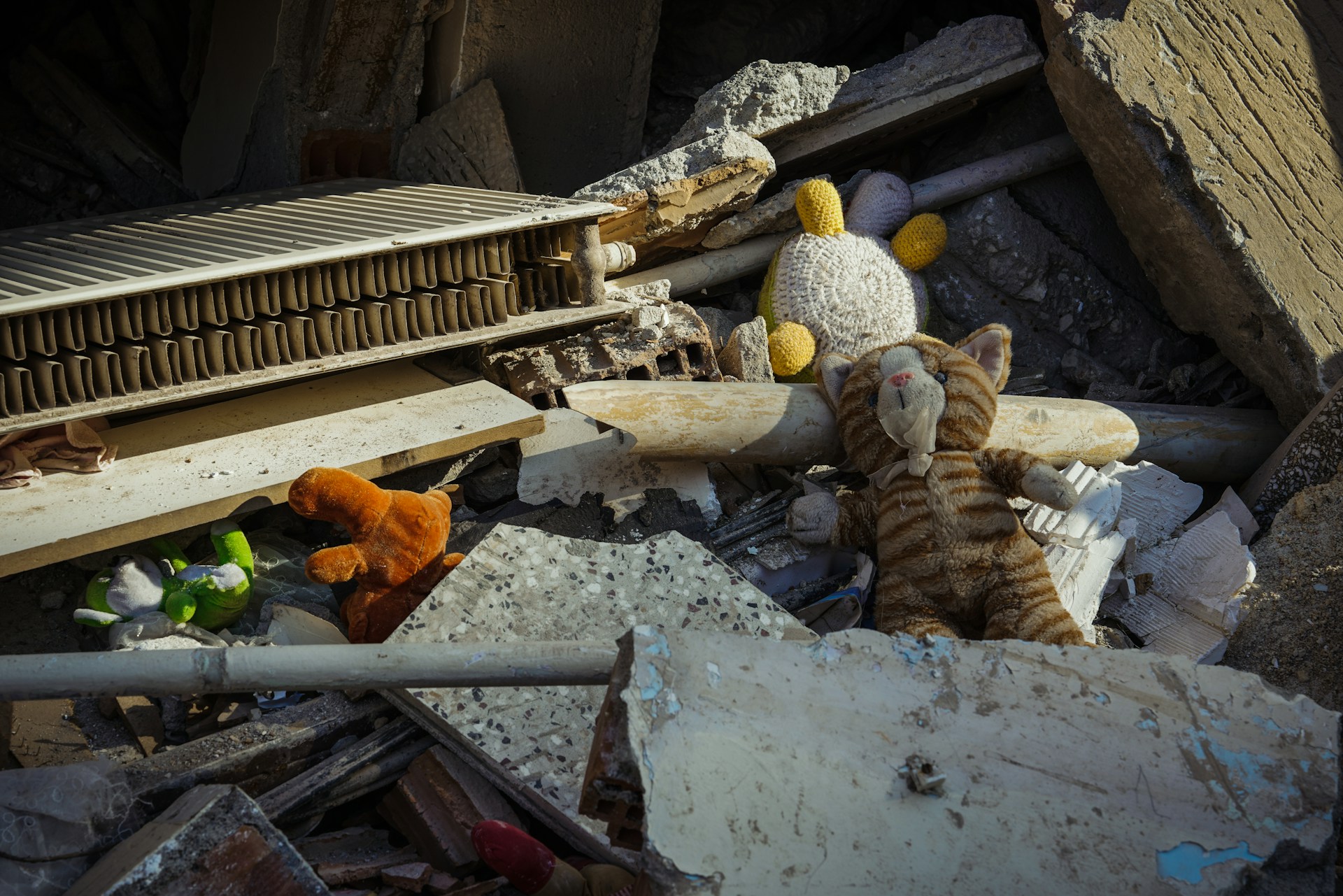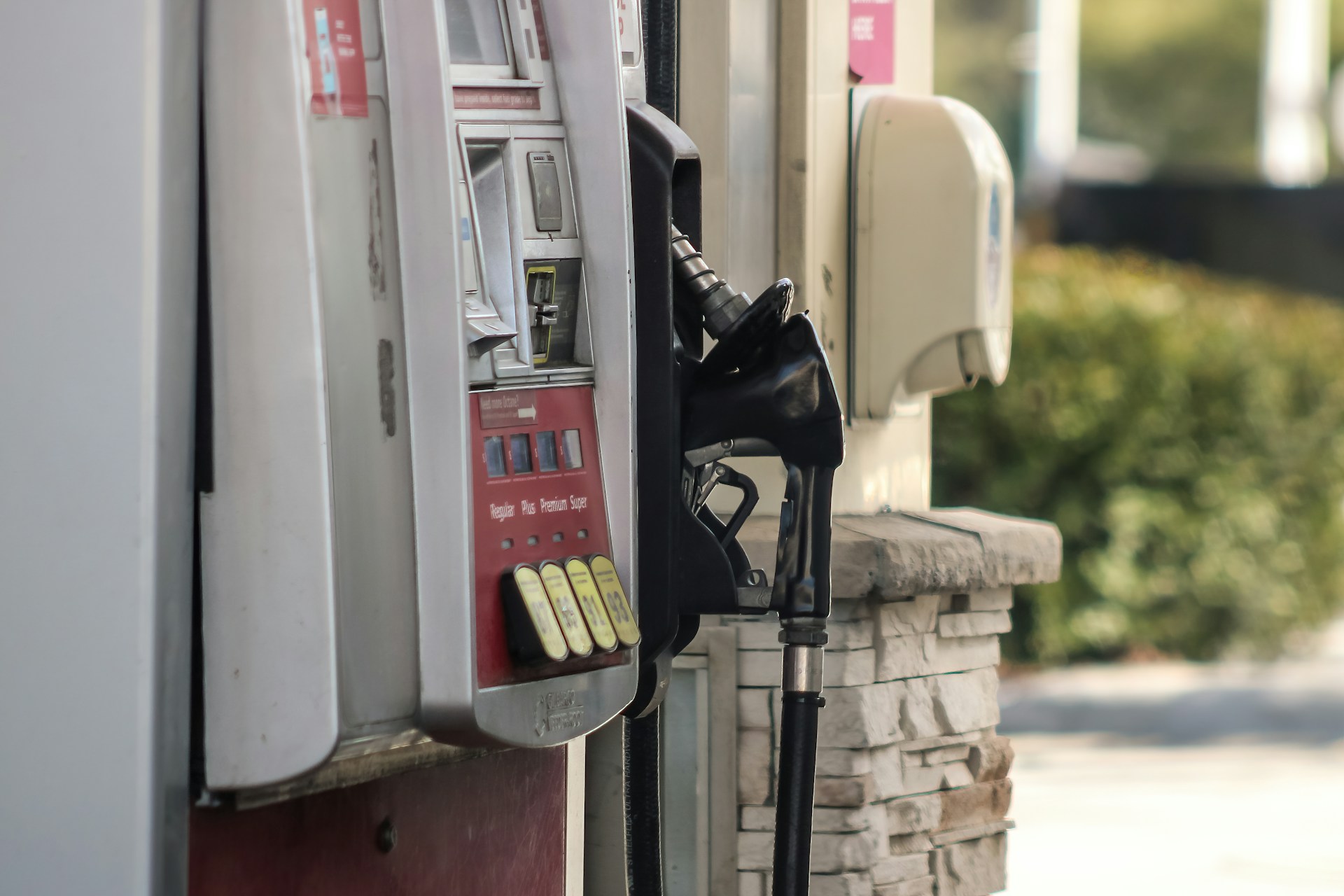Preparedness
Chicago Shooting: Unraveling the Mystery Behind the Tragic Attack

In the wake of a tragic shooting incident in Chicago Lawn, law enforcement is actively pursuing leads to identify the perpetrators responsible for the attack that left three dead and five injured.
“We have eight victims,” Hein stated, underscoring the gravity of the situation. “We’re going to solve this crime and find the individuals that are responsible for the heinous, terrible incident.”
The shooting took place at a residence where a “social gathering” was reportedly occurring, according to investigators who spoke with WGN-TV. Neighbors corroborated these accounts, describing the scene as a party that preceded the gunfire. They also noted that such gatherings had become a frequent occurrence at the location over recent months.
The victims of the shooting included four males and four females, with three of the males unfortunately succumbing to their injuries. This incident adds to a troubling pattern of violence in Chicago, which reported that 16 people were shot by Saturday afternoon of the Thanksgiving weekend, two of them fatally.
The broader context of violence in the city is alarming, with more than 515 homicides reported in Chicago so far in 2024. This underscores the urgent need for effective interventions to curb such incidents.
AWR Hawkins, an award-winning Second Amendment columnist for Breitbart News, has been actively covering these developments. His insights are shared through his weekly newsletter, Down Range with AWR Hawkins, which delves into Second Amendment issues. Hawkins’ extensive background includes roles as a political analyst for Armed American Radio and a pro-staffer for Pulsar Night Vision, among other positions.
As the investigation continues, the community and law enforcement alike are hopeful for a swift resolution and justice for the victims of this tragic event.
Watch a local news report about the incident below:
Let us know what you think, please share your thoughts in the comments below.

Preparedness
Debunking Earthquake Myths: What You Really Need to Know

Throughout history, people have concocted a variety of imaginative explanations for earthquakes, from mythical creatures to divine interventions. While modern geology has debunked these ancient ideas, several misconceptions about earthquakes continue to persist today. These myths can be just as misleading and potentially dangerous when it comes to preparing for these powerful natural events.
One prevalent myth is the notion that earthquakes can cause the ground to open up and swallow people, cars, and buildings whole. However, experts largely dismiss this idea. The United States Geological Survey (USGS) explains that “shallow crevasses can form during earthquake-induced landslides, lateral spreads, or from other types of ground failures, but faults do not open up during an earthquake.” Earthquakes occur when two blocks of the earth’s crust slide past one another, held together by friction. If a fault were to open, the friction would be lost, and no earthquake would occur.
Recent research from Caltech University, published in the journal Nature, suggests that “thrust faults” can create gaps in the earth’s surface up to 160 feet wide before snapping shut. However, these phenomena have been observed only in oceanic settings, and there are no recorded incidents of such crevasses swallowing people or buildings. Therefore, this scenario should not be a primary concern in earthquake preparedness.
Another common misconception is the belief that doorways provide the safest refuge during an earthquake. This advice stems from historical examples of old adobe homes in California, where doorframes remained standing amid the rubble. However, as the University of Washington Department of Emergency Management notes, “In modern houses, the doorways are no stronger than any other part of the house, and the doorway does not protect you from the most likely source of injury – falling or flying objects…you are safer under a table.”
Living in urban or suburban areas often gives a false sense of security regarding disaster preparedness. It’s easy to assume that essential resources will remain accessible, but a major earthquake can disrupt even the most basic services. Severed roads, power, and water lines can isolate communities, making it difficult to obtain necessities. This is why organizations like FEMA now recommend preparing a two-week emergency kit instead of the traditional 72-hour one. For optimal preparedness, it’s wise to have at least three months’ worth of food, water, and gear.
Finally, there’s a misconception about the reliability of insurance in the aftermath of natural disasters. Insurance companies operate as businesses, not charities, and their main priority is their financial stability. Katherine R. H. Wagner from the Stanford Institute for Economic Policy Research points out that “a single natural disaster could bankrupt insurance companies,” leading some to hesitate in offering natural disaster coverage.
In conclusion, it’s crucial to dispel these myths and rely on accurate information when preparing for earthquakes. Understanding the realities of these natural events can help ensure better safety and preparedness for everyone involved.
Let us know what you think, please share your thoughts in the comments below.
Preparedness
Discover the Ultimate Backup Plan for Any Disaster

In the unpredictable world of disasters, having a backup plan is crucial. Often overlooked until it’s too late, emergency supplies can be destroyed by the very events they are meant to mitigate. This not only results in replacement costs but also leaves you without essential survival items at the worst possible time.
Enter the bug-out bag—a prepper’s perfect “Plan B.” While it might not be immediately recognized as such, your bug-out bag can serve as a critical backup during a shelter-in-place emergency.
One classic prepper strategy is to distribute emergency supplies throughout different parts of the house. This way, if one section is compromised, not all is lost. However, if you haven’t managed to do this, a bug-out bag stored in an easily accessible spot, like under the stairs or next to the door, ensures you have a fallback option.
In the words of many disaster survivors, “during most major emergency events, there’s a strong chance you’ll be alone the first few days waiting for even the slimmest rescue assistance.” A well-stocked bug-out bag should provide 72 hours of food, which can be just enough to tide you over until help arrives or you can secure a more sustainable food source. While a two-week food supply is ideal, as even FEMA advises, having enough for three days can be crucial during the initial chaos.
Water is another critical component. A 72-hour supply of water can be a lifesaver until you find a more substantial source. “If your bug-out bag has a half-decent water filter, you’ve got the most important tool to stay hydrated for many weeks or months.” Even a basic water source, like a pool, can become viable with a good filter, ensuring you stay hydrated.
Beyond severe disasters, your bug-out bag’s water supply can be invaluable during minor emergencies like power outages, boil advisories, or frozen pipes. Having those 72 hours of water on hand can prevent you from tapping into your long-term reserves prematurely.
Power outages are a common denominator in many disasters, be it earthquakes, hurricanes, wildfires, or blizzards. Your bug-out bag should include power sources like batteries and solar chargers. These can keep essential devices, such as flashlights and chargers for radios or cell phones, operational. “A flashlight keeps you from injuring yourself in the dark, and a device charger keeps your radio and/or cell phone juiced.”
In any disaster scenario, a power outage is almost guaranteed. Having extra light sources in your bug-out bag ensures you are prepared, even if one breaks or you have additional people needing assistance.
Ultimately, while no plan is foolproof, a well-prepared bug-out bag can be your best ally when disaster strikes, ensuring that your “Plan B” is as robust as possible.
Let us know what you think, please share your thoughts in the comments below.
Preparedness
How Much Gasoline Should You Store for Emergencies?

In the event of an emergency, one of the first resources to disappear will likely be gasoline. The question is: how much emergency gasoline should you actually have on hand?
To answer this, start by evaluating your current gasoline usage. Americans consume a staggering amount of gas—over 374 million gallons annually, which equates to roughly 1.5 gallons per adult each day.
In scenarios where the power fails, gas pumps become inoperative, leading to long lines and widespread shortages. The key to avoiding such discomfort is to plan ahead by determining your gasoline needs and storing it safely for future use.
However, storing significant quantities of gasoline presents challenges. It’s wise to ensure that gasoline is only a part of your overall fuel strategy. Consider diversifying your fuel sources by incorporating propane, solar, and even wood-based options.
“Gas is highly flammable so make sure you store it safely.” Avoid storing gasoline inside your home, in direct sunlight, or near any heat sources. Use approved containers and adhere to safety guidelines to minimize fire risks. Also, be aware that local regulations may limit the amount of gasoline you can legally store.
When it comes to calculating your gasoline needs in a survival situation, some basic math can help. Assume a vehicle with a fuel economy of 15 miles per gallon and a 15-gallon tank capacity. This setup provides a range of 225 miles per full tank.
In a survival scenario, ensure your bug-out location is within a single tank’s range, as refueling might be challenging or impossible. For instance, if your destination is 200 miles away, you’ll need 30 gallons for a round trip of 400 miles, with some extra for contingencies. If you start with a full tank, you’d only need an additional 15 gallons stored.
Most people rely on inverter generators in emergency scenarios due to their mobility and quieter operation. While generator efficiency varies, they typically have a one-gallon capacity and can run between three to eight hours on that gallon. If you run your generator four to six hours daily, you might use 1.25 gallons per day, totaling 37.5 gallons for a month.
Combining these needs, your total gasoline requirement could reach 67.5 gallons. This figure may seem daunting, but it’s crucial to assess your specific fuel needs. If you don’t need to drive to a bug-out location or if the weather is mild, you can significantly reduce your fuel consumption.
Consider this information not as a rigid guideline but as a catalyst for reevaluating your gasoline needs and exploring alternative fuel sources.
Let us know what you think, please share your thoughts in the comments below.
-

 Tactical1 year ago
Tactical1 year ago70-Year-Old Fends Off Intruder with Lead-Powered Message
-

 Tactical1 year ago
Tactical1 year agoVape Shop Employee Confronts Armed Crooks, Sends Them Running
-

 Preparedness11 months ago
Preparedness11 months agoEx-Ballerina’s Guilty Verdict Sends Tremors Through Gun-Owner Community
-

 Preparedness9 months ago
Preparedness9 months agoGood Samaritan Saves Trooper in Harrowing Interstate Confrontation
-

 Tactical1 year ago
Tactical1 year agoMidnight SUV Theft Interrupted by Armed Homeowner’s Retaliation
-

 Survival Stories2 years ago
Survival Stories2 years agoEmily’s 30-Day Experience of Being Stranded on a Desert Island
-

 Preparedness10 months ago
Preparedness10 months agoArizona Engineer’s Headless Body Found in Desert: Friend Charged
-

 Preparedness10 months ago
Preparedness10 months agoBoy Saves Dad from Bear Attack with One Perfect Shot
Don
December 8, 2024 at 12:57 pm
No mention of the race of the victims. Why
don
December 8, 2024 at 5:54 pm
Make a new law stating that ANYONE killing anyone else will be executed within 30 days — then do it. With no fear of retribution, killings will continue.
Paul
December 8, 2024 at 7:48 pm
Once again, no mention of the idiots controlling the courts letting criminals run the streets with NO repercusions for their actions. It’s not gun violence, it’s individual human violence, with no consequences! If you don’t have the guts to put these punks to death for their crimes, get the hell out, and let someone who does get on with thining the prisons and doing what needs to be done! Start hanging these criminals and prove the law is the law, and there are consequences for your crimes! You want us to trust the system, but how can we when all you do is kiss the criminals ass!
Herb
December 9, 2024 at 2:53 am
Don and Paul have it right. The problem is lack of consequences for crimes. I am willing to bet that the perpetrators have been in trouble before and got little or no punishment.
BTW, once again the poll doesn’t have ANY answer that even comes close to solving the problem.
Daniel Quigley
December 9, 2024 at 2:52 pm
This has absolutely nothing to do with 2nd Ammendment Rights and everything to do with Chicago’s systematic Disarming of the Law Abiding Citizens. Just think if they had a firearm to defend themselves or if their neighbors were able to fight back. Nope not in Chicago where only the Wealthy and Political Connected have the Right to Self-defense. Funny how the screams of Stricter Gun Laws is the usual battle cry when it should be use a gun to kill or maim in Chicago or Illinois while committing a Crime you are getting the Death Penalty. Right now the Criminals have no fear of Prison because of how Soft Prison has become. Prison is supposed to be a Horrible Experience so that no one ever wants to go. Instead it’s become the place to get 2st class medical and dental treatment. The place where you go to College for Free. You have the Right to Clean Sheets, the Right to 3 Hot Meals a Day, the Right to Cable TV and probably a few hundred other Rights the Poor in this Country will never receive. Let’s make Prison a Prison again. All those Rights a Criminal receives are those very Rights their Victims no longer have. This Country is doing things backwards. A Criminal should have a Am/FM radio and no TV should exist inside except in the Guards Control Room where the only TV is the Cameras watching the Prisoners can be seen. How about feeding Inmates 1 hot meal and 2 MRE meals? After all MREs are good enough for our Military why should the Criminals eat better? How many Hot Showers do our Military get while out in the Field Training for War or in a Actual War Zone? Criminals should never be treated better.